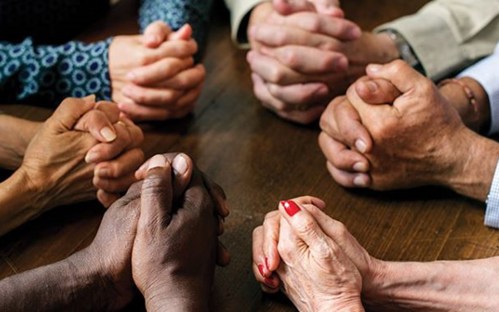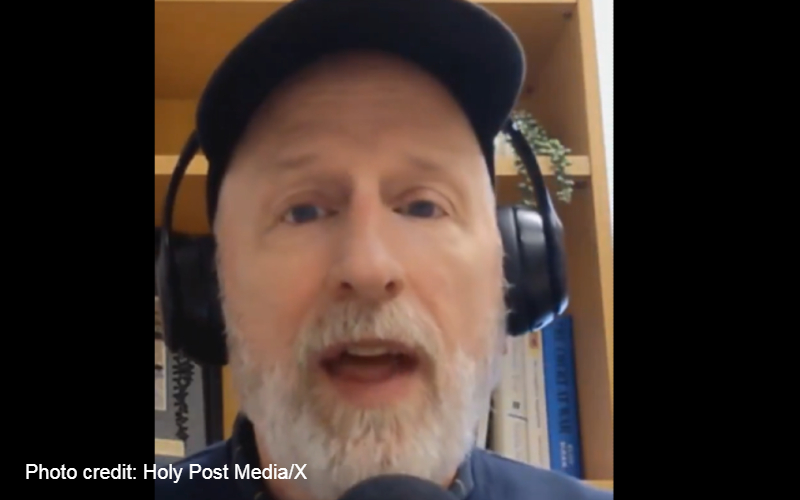Pew Research Center reports that 52% of adults favor allowing public school teachers to lead their classes in prayer. The highest support of prayer in schools among the states mainly came from the South, with Mississippi 81% in favor, Alabama 75%, and Louisiana 74%.
The survey encompassed about 37,000 U.S. adults to represent all 50 states.
Casey Harper, broadcast managing editor for the Washington Stand and Host of the “Outstanding” podcast, and Quena Gonzalez, director of government affairs for Family Research Council, spoke on this topic in an appearance on Washington Watch Tuesday.
Harper spoke on the desperation that could have caused this change, especially among young people.
“We're seeing, God forbid, school shootings. We're seeing suicide rates increase among young people. We're seeing hopelessness, depression, and anxiety. They're on all kinds of medications to address this. I think that that's part of what's happening,” Harper says.
One the other hand, Harper also thinks that the concept of Americans being opposed to prayer in schools is a myth.

“You're tempted to see a poll like this and say, ‘Oh wow, there's a resurgence in America,’ – and actually there is a resurgence in America in faith – but Americans have not been as opposed to prayer in schools as the media has led us to believe,” Harper says. “There was a vocal minority and some bad court rulings that really took prayer out of school, not an overwhelming uprising.”
Harper further claims that religion never actually left schools voluntarily. Instead, Christianity was replaced with wokeism or liberalism.
“We've seen that this idea that the classroom is a level playing field or a place where politics and religion can't enter is a myth. Because they took prayer out of schools, then they just replaced the Bible with the LGBT flag, and they replaced prayer with the mantras of Black Lives Matter, pride, and different DEI teachings,” Harper explains.
Gonzalez says that the increased polling numbers and change in religious mindset stem from the changes seen in religious policies.
In a number of states, the response to wokeism’s advance is the search for new ways to teach Christianity.

“Laws, like the ones we're working on across the country right now to allow schoolchildren and their parents to opt their children into religious teaching at a local church, for example, are passing in state after state.” Gonzalez says.
He brought attention to the work done by Governor Greg Abbot (R-Texas), who signed Senate Bill 10. This bill requires that the Ten Commandments are hung in every public classroom. He also signed Senate Bill 11, which gives students and teachers daily voluntary time to read religious texts and pray during school hours.
Recently, the Supreme Court ruled that parents are allowed to pull their children from a class if the material clashes with their religious beliefs. This case mainly focused on parents who did not want their children to attend lessens that highlighted LGBTQ characters.
However, Gonzalez does not think that policy change is the most encouraging part of this religious return.
“But really the most encouraging thing to me on this front is the rise of revival on college campuses and among youth in schools, that is where the change is really going to come from,” Quena shares.
Research released from the Barna group in April confirms that Gen Z is showing an increase commitment to Jesus, especially among young men.







